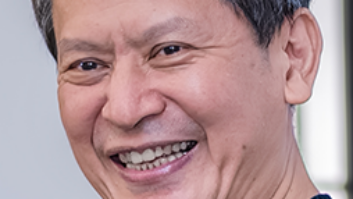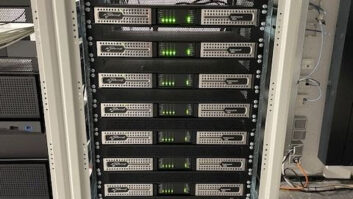Mode Lighting (UK)’s Tiger dimming control system is continuing to enjoy success more than 10 years after it was first introduced. Designed and manufactured in the UK at Mode Lighting’s in-house facilities, Tiger is described as “the ideal solution for lighting control where AV systems are required”, and allows integration with third-party devices through RS-232, 1-10V or DMX input.
Tiger comes complete with high power mains dimmable channels, 1-10V dimming control and MCB protection for each circuit output.
The Tiger system does not require a laptop for programming. Through a series of “logical button presses”, the full system can be programmed via a single or multiple control plates. According to Mode Lighting, this further enhances the cost-effectiveness of the Tiger system by eliminating the expense of a factory-trained engineer.
Meanwhile, in other news, Mode Lighting (UK) has launched a new DIN rail lighting control system, eDIN, incorporating a ‘building block’ approach to lighting control – from simple systems to AV integration and networked control.
Fully compatible with mains and low-voltage lighting control and AV protocols, eDIN includes modules for dimming and switching mains-voltage loads, for controlling low-voltage lighting including DALI and DSI products, energy-efficient CFL lamps, 0-10V fluorescent lighting, LED systems and Cold Cathode Convertors. eDIN also allows for the control of blinds and curtain motors. Modules are connected using industry standard link cables, thereby reducing installation time.
eDIN systems can function with or without a processor module. In stand-alone mode, preset functions enable automatic low-effort set-up; this is said to be ideal where simple operation using standard building-blocks is required (bars, restaurants and simple residential situations). These include preset impulse functions control from 1-10V inputs, which allow simple slider/rotary control or scene-setting. Scenes can be created using standard control plates, as with Mode Lighting’s other product ranges (Tiger and SceneStyle).
When a processor module is used, the eDIN’s capabilities are expanded with RS-232 communications and Ethernet-based networking facilities, including a full library of telnet commands for AV integration. A built-in web server enables rapid configuration, control and status feedback. When connected to the internet all features of the system are accessible via secure remote access.
eDIN is also fully compatible with Mode Lighting’s existing product ranges, and utilises the M-Bus protocol to communicate between modules.
Mode Lighting (UK) is exhibiting at ISE 2010 on stand 1L3.







